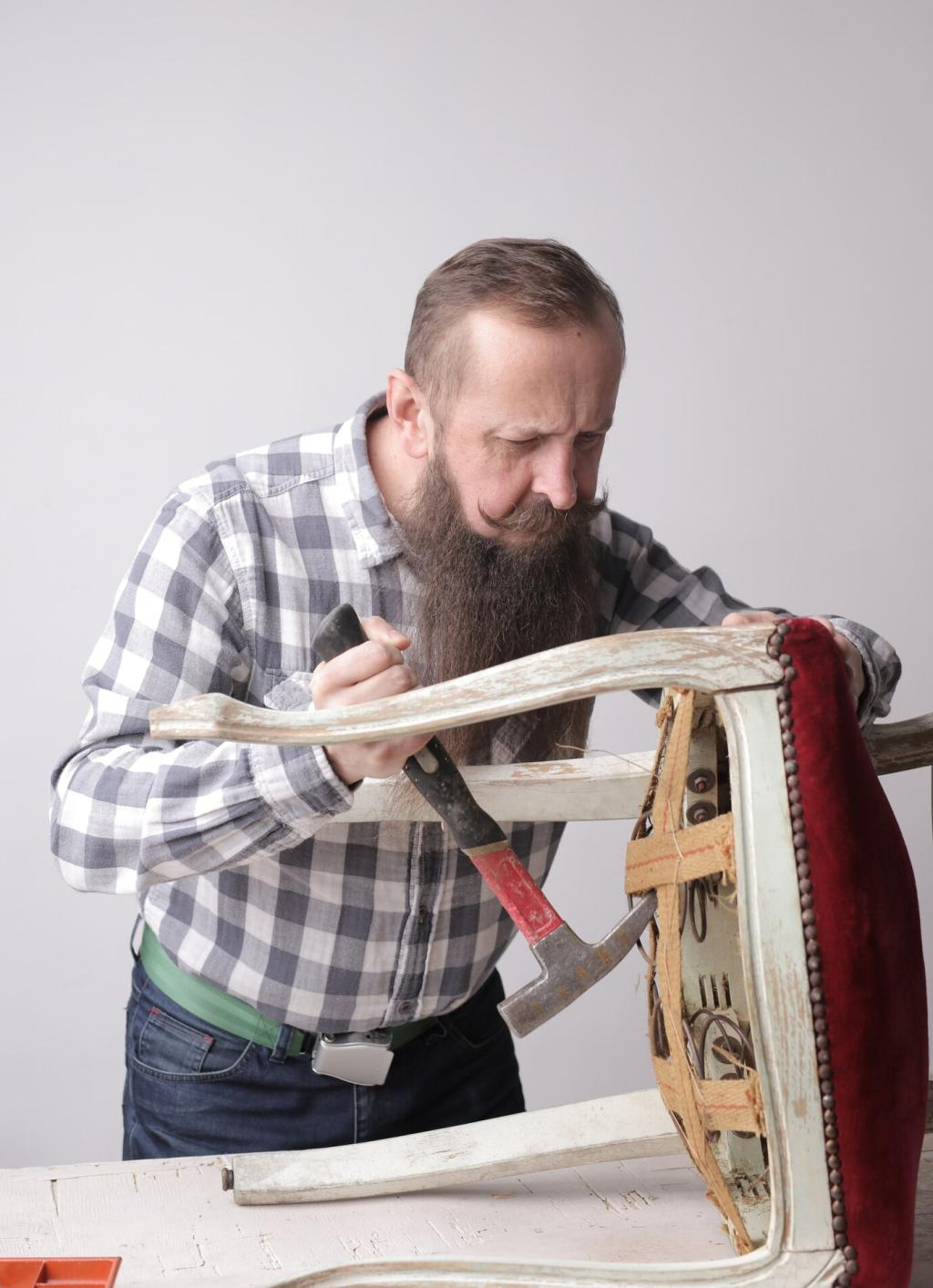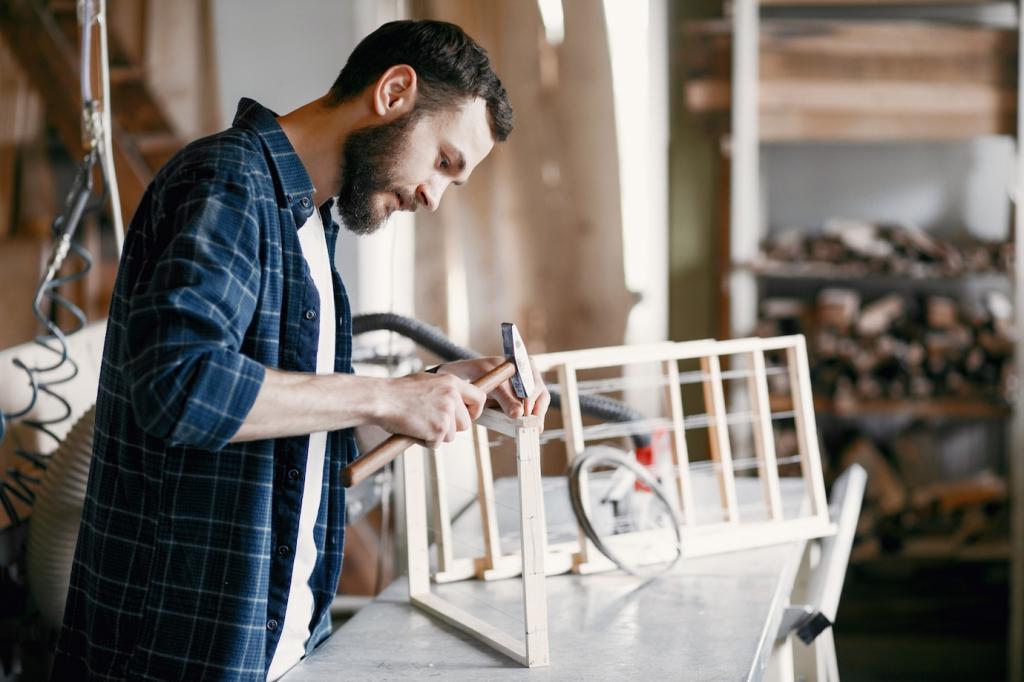
Replacing Broken Wooden Furniture Legs: Restore Strength, Save Stories
Selected theme: Replacing Broken Wooden Furniture Legs. When a favorite chair starts to wobble or a coffee table sags, it can feel like the end of an era. Here, we turn small disasters into satisfying victories—practical steps, confident methods, and encouraging guidance to bring your furniture back to life. Share your questions, subscribe for fresh tips, and join a community that repairs with pride.
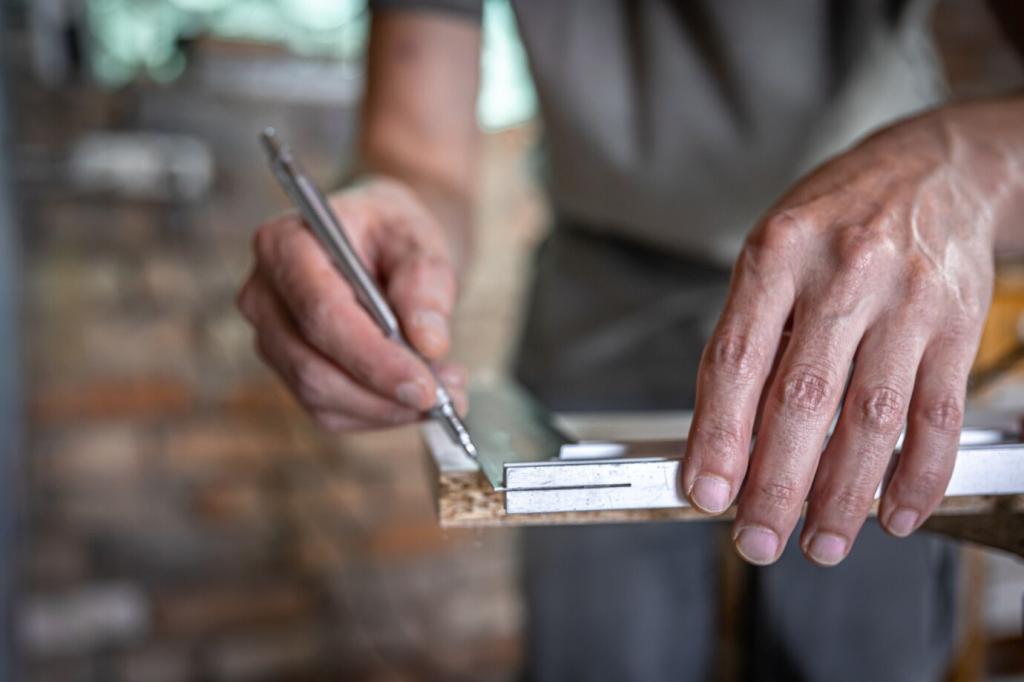
Structural warning signs you should never ignore
Look for crushed wood fibers at joints, creeping gaps around tenons or bolts, and legs that twist when gently torqued. Wobble, sudden creaks, or visible long-grain splits mean replacement is safer than patching. Share a photo of your symptoms for tailored advice.
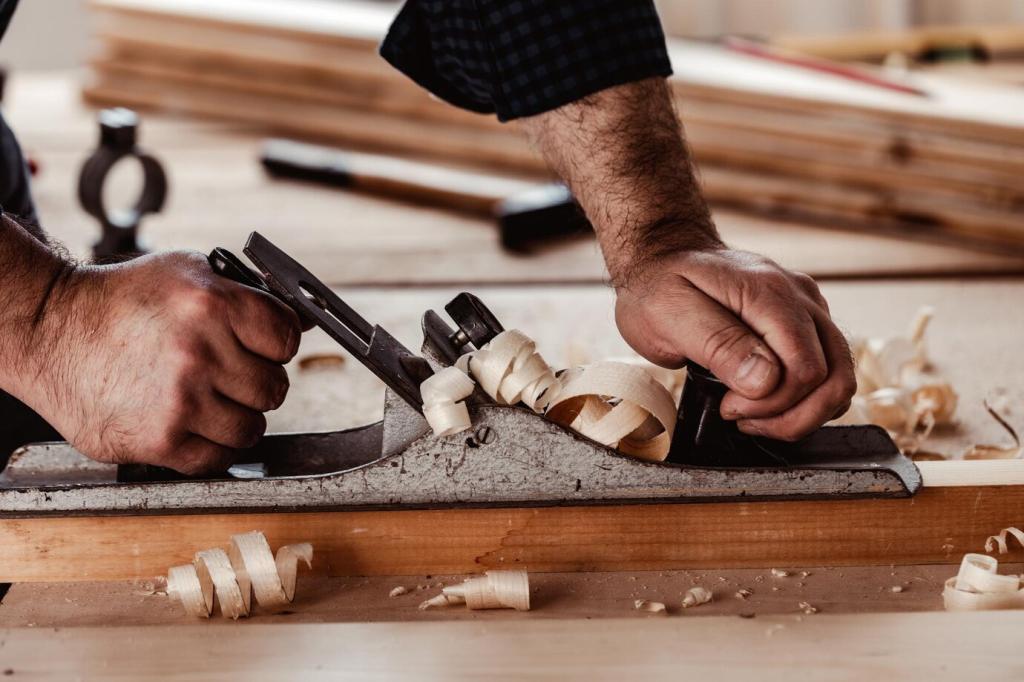
When hardware tells the truth
Stripped hanger bolts, loose T-nuts, and misshapen brackets reveal hidden stress. If hardware repeatedly loosens after tightening, wood around the fastener is likely compromised. Replacing the leg and upgrading to threaded inserts can restore strength. Ask us which insert size fits your project.
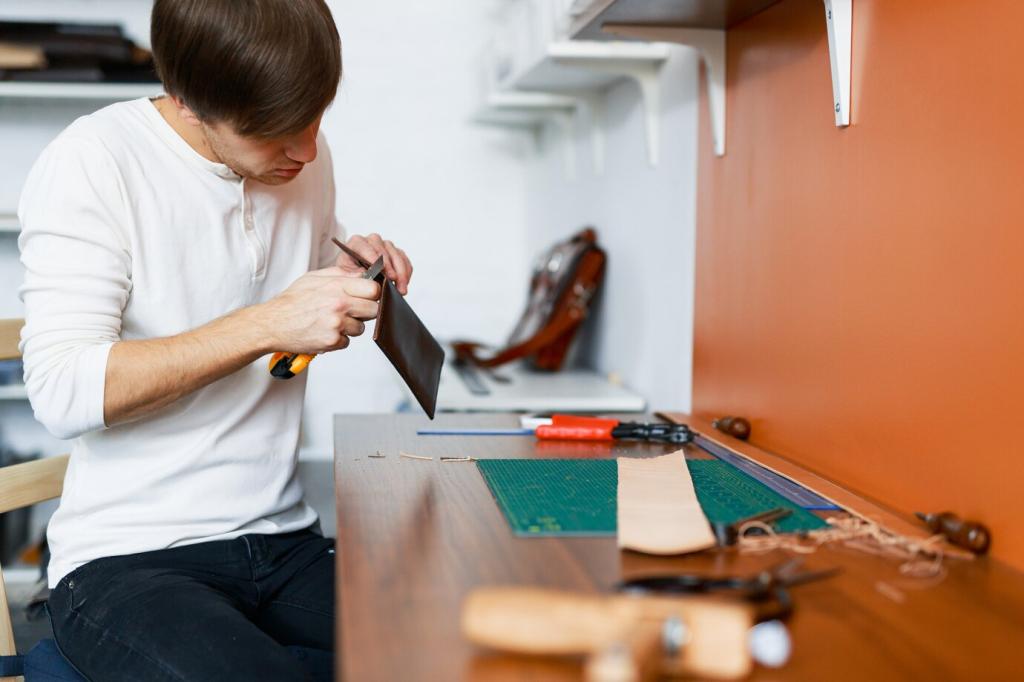
A living-room lesson worth remembering
During a holiday game night, a reader’s vintage coffee table collapsed mid-laughter. The post-mortem showed a cracked leg tenon and brittle glue. A thoughtful replacement brought the table back—and the family’s tradition survived. Tell us your near-miss; we’ll help you plan a safe fix.
Tools and Materials You Actually Need
A sharp chisel, mallet, flush-cut saw, combination square, marking knife, and sturdy clamps handle most operations. Add wood glue, sandpaper, and a drill with a depth stop. Simple tools, used patiently, deliver pro-level results. Share your kit; we’ll suggest upgrades that matter.
Tools and Materials You Actually Need
Threaded inserts and hanger bolts excel for replaceable legs; dowel pins or loose tenons give traditional strength. Pocket screws can assist but require careful alignment. Match fastener length to grain direction to prevent splits. Ask about thread sizes and pilot holes for your wood species.
Measure, Match, and Align for a Seamless Look
Trace curves with a contour gauge, record diameters using calipers, and note tapers with a simple angle finder. Photograph existing legs from multiple angles under neutral light. Consistency matters: one mismatched turning can throw the eye. Ask for style IDs if you’re unsure.
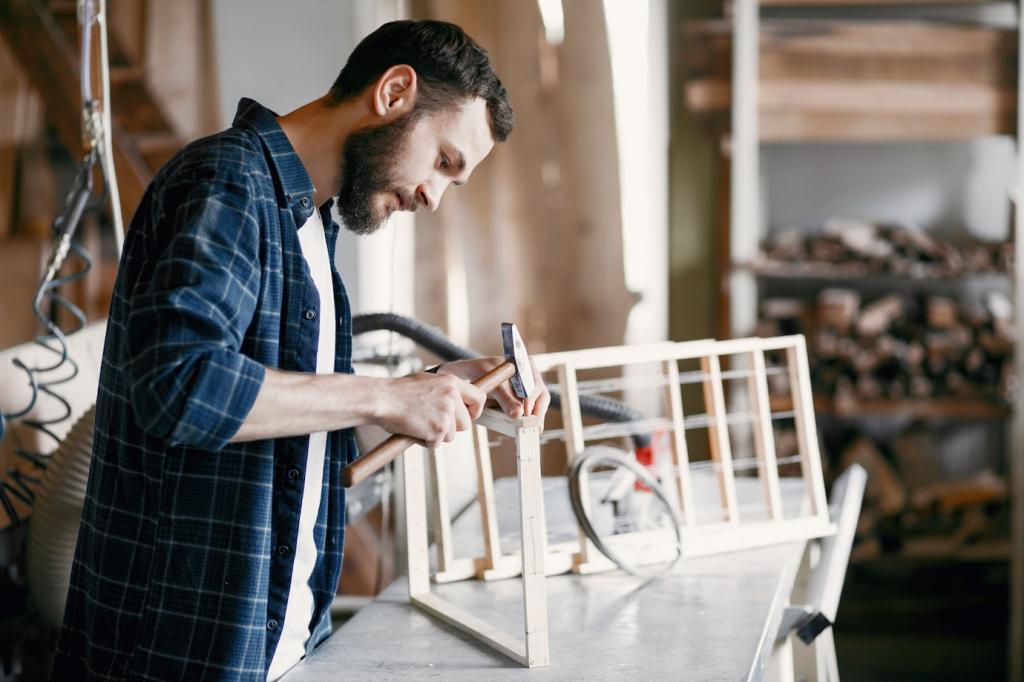
Measure, Match, and Align for a Seamless Look
Measure from the same reference point on each corner. Confirm seat or tabletop level with a long straightedge and shim for test fits. Dry-assemble and check diagonals for racking. A few patient checks now save hours later. Need a leveling trick? Leave a comment.
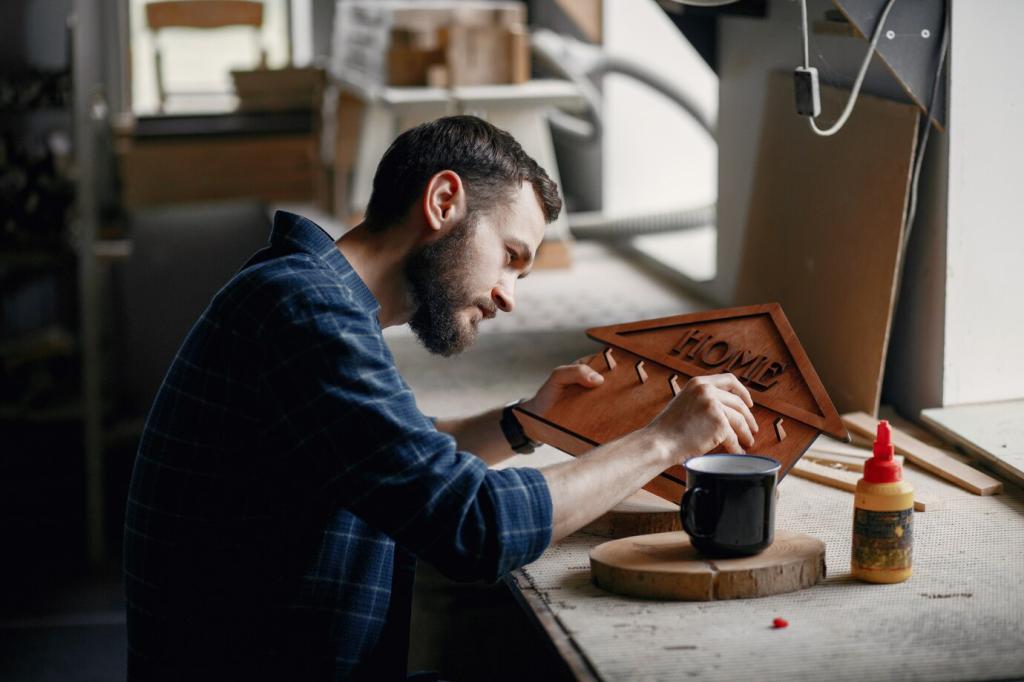
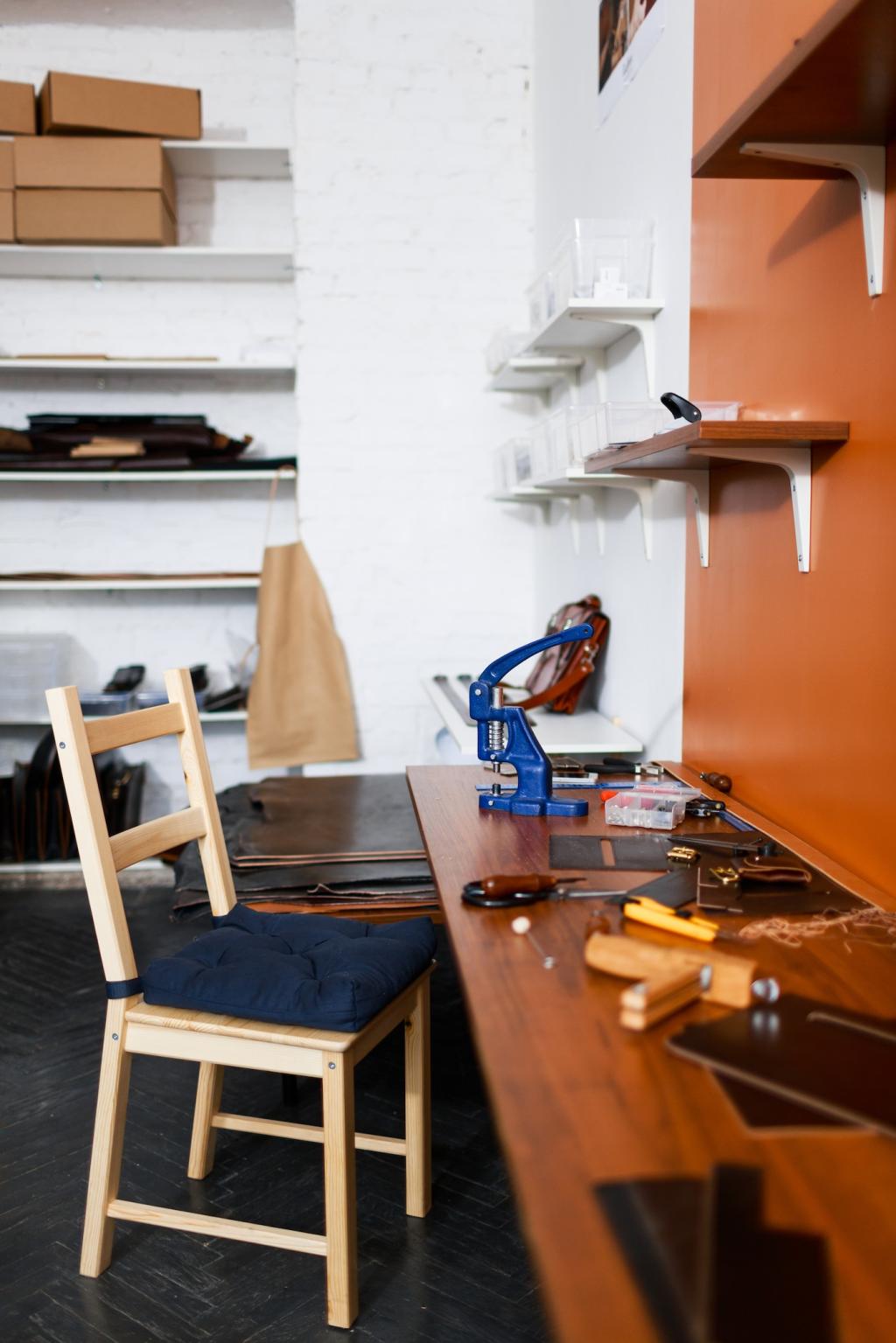
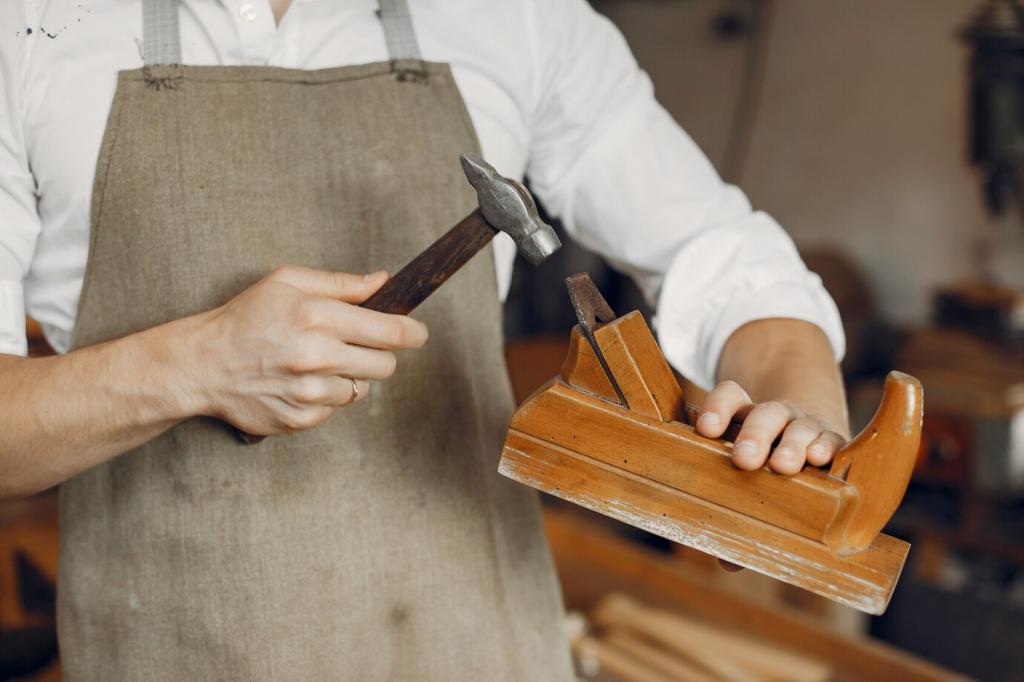
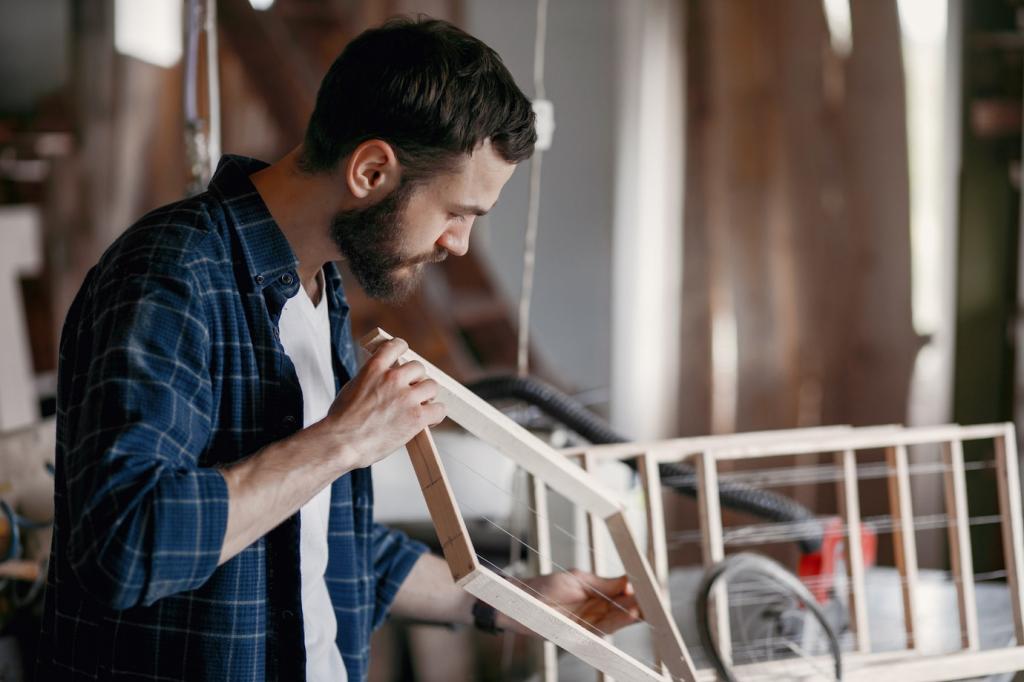
Dowel or tenon replacements for traditional strength
Use dowel centers to mark exact locations, drill with a guide for square holes, and dry-fit to confirm depth. PVA glue works for tight wood-to-wood joints; epoxy helps with imperfect seats. Clamp gently to avoid squeeze-out starvation. Ask for dowel sizing by chair type.
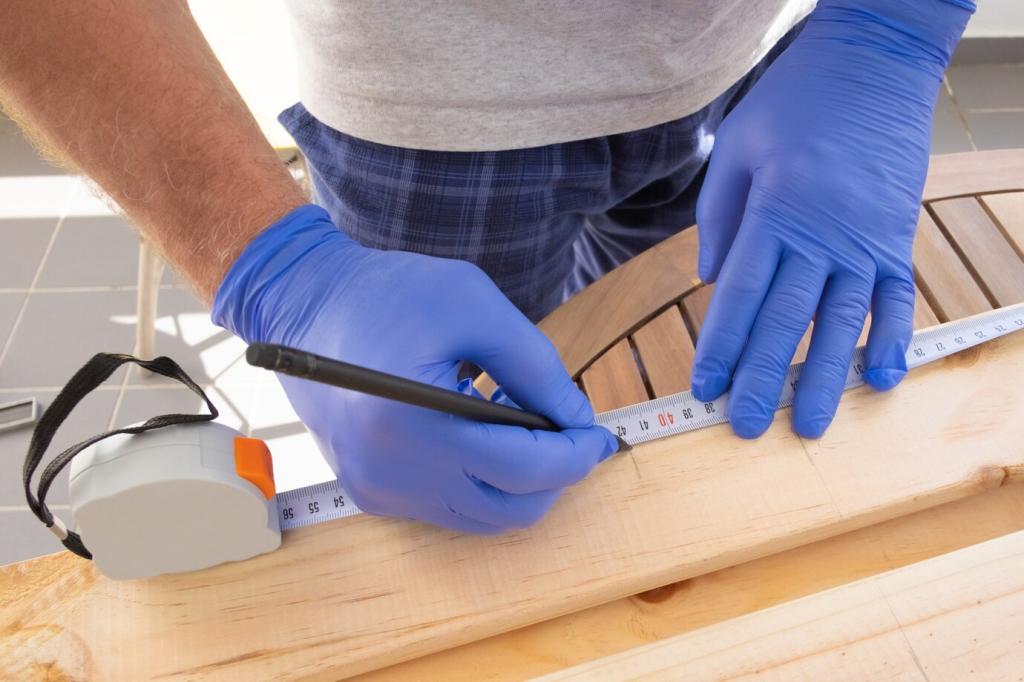
Threaded inserts and hanger bolts, done right
Drill clean pilot holes, wax threads lightly, and drive inserts with a proper tool or a bolt-and-nut setup. For hanger bolts, use a jam nut to avoid marring threads. Check grain direction to reduce splitting risk. Unsure about pilot sizes? Comment your wood species.
Progress through grits without skipping, and use sanding blocks to keep edges crisp. Raise the grain with a damp cloth, then lightly resand for a smoother finish. Avoid rounding shoulders where legs meet aprons. Need a grit map? Ask and we’ll share our printable chart.
Finishing Touches That Disappear Into the Original
Preventing Future Breaks and Extending Life
Add felt pads on smooth floors, furniture cups on carpet, and sliders for occasional moves. Consider larger feet or discreet coasters for heavy pieces. Never drag across thresholds. Tell us your flooring type; we’ll suggest the best protective interface.
